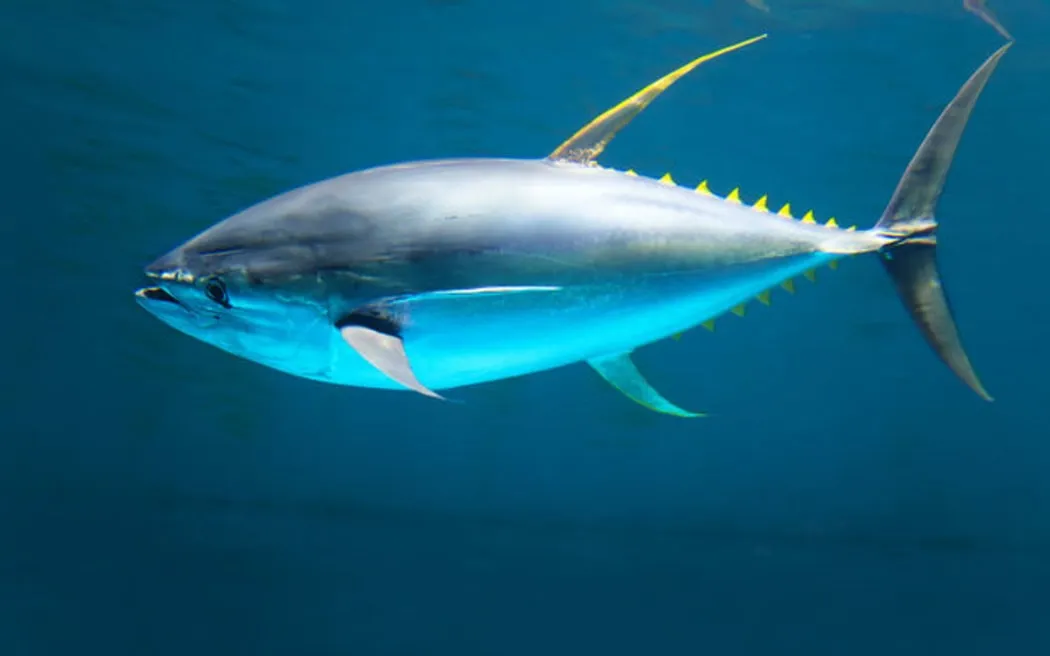The Western Pacific Ocean’s Biggest Tuna Fishery: A New Era for Sustainability
The Western and Central Pacific Ocean is the world’s largest tuna fishery, accounting for 60% of global tuna production and generating nearly $7 billion annually. However, the industry has faced criticism over labor standards, crew conditions, and transparency in catch management.
The WCPFC’s Commitments to Sustainability
At its recent annual conference in Suva, the 26-member Western and Central Pacific Fisheries Commission (WCPFC) made significant commitments to improving sustainability in the tuna fishery. Glen Holmes, a member of the environmental watchdog group Pew Charitable Trusts’ international fisheries project, praised the adoption of labor standards for crew on fishing vessels.
“We’ve set standards,” Holmes said. “So they’ve set a conservation and management measure that determines conditions for crew on fishing vessels. It’s something that exists in just about every other workplace, but hasn’t existed within the tuna RFMOs yet. So WCPFC has set a benchmark, and hopefully it will have knock-on effects to other RFMOs.”
The Commission also agreed to a set of standards for electronic monitoring use, effectively opening the door to data collected by EM systems to be incorporated into the WCPFC data set.
“This is a critical stepping stone to increasing independent data collection across, particularly, the long-lining sector of tuna fisheries,” Holmes explained. “We see it as a really important step forward for the world’s biggest tuna fishing grounds in the world.”
Climate Change and the Future of Tuna Fisheries
However, despite these commitments, climate change remains a pressing concern for the industry. The Commission acknowledged its importance and has begun work on addressing its impacts.
“Climate change is a critical topic across the Pacific for a range of reasons, but within the tuna sphere it’s very important, because the tuna fisheries is an incredibly important economic resource, particularly for the islands,” Holmes said.
The Commission will be undertaking a review of the risk that climate change poses to its management regimes and incorporating climate change into its science to better understand future impacts.
A Call for Greater Accountability
Despite these efforts, many NGOs and industry stakeholders believe that more needs to be done to address transparency in catch management and crew conditions. Holmes expressed his disappointment with the Commission’s failure to agree on improved standards for transshipment in the western Pacific.
“It is seriously disappointing,” he said. “I hope that the members who were unable to come to a compromise situation take a look at what’s happened over the last, particularly the last couple of years, and come to the Commission next year, with the intention of lifting the standards for transshipment in the Western Pacific.”
A New Era for Sustainability
In conclusion, while the WCPFC has made significant commitments to improving sustainability in the tuna fishery, much work remains to be done. As climate change continues to pose a threat to the industry, it is essential that stakeholders prioritize transparency and accountability.
“The western and central Pacific is by far the richest tuna fishing grounds in the world,” Holmes said. “And it was the case, previously, that the status of stocks in the Western Central Pacific was deemed to be in a healthier state than the other tuna RFMOs. However, those stock status indicators are no longer like that.”
By prioritizing sustainability and addressing climate change, the WCPFC can ensure a more resilient and responsible tuna industry for generations to come.

0 Comments